Hamida resents her life in Midaq Alley and seeks to leave it for a life of luxury and sophistication. She works as a prostitute with the help of the pimp Farag, who takes her out of the poverty of the alley and into the comforts of life.
There’s also Al-Boushi, who digs up the graves of the wealthy in search of wealth, and Dr. Zita, who specializes in causing physical disabilities in beggars. All of these characters paint a vivid picture of Egyptian society during World War II. The novel was published in 1947, and was adapted into a film by director Hassan El Imam in 1963, and a Mexican film starring Salma Hayek in 1995.
Midaq Alley
د.ا9.00
This novel explores the lives of the residents of Midaq Alley in Cairo, revealing the social and political transformations in Egypt during World War II.
Available on backorder
| Categories: | Literature, Novels, stories, World literature |
|---|---|
| Tags: | literature, love, Novels, Sociology |
| Author | |
|---|---|
| Year | |
| Publisher | Dar Al-Shorouk |
You may also like…
-
Morning and Evening Talk
د.ا7.00The novel revolves around the evolution of individuals and Egyptian society across generations, exploring the struggles and complexities of daily life within a humanistic philosophical framework.
-
Convalescent Dreams
د.ا7.00A collection of short stories that reflect Naguib Mahfouz’s reflections on life and death, and the human experience in its later stages.
-
The Quail and the Autumn
د.ا7.00A philosophical novel that sheds light on the inner struggles of man in the post-revolution period, addressing issues of identity and social changes in Egyptian society.
-
Rhodopes
د.ا9.00The novel depicts a tragic love story between the pharaoh and the beautiful Rhodopis in ancient Egypt, reflecting the struggle between passion and power.
Related products
-
Stolen shirt
د.ا2.13Ghassan Kanafani is a Palestinian novelist, storyteller, and journalist, and is considered one of the most famous Arab writers and journalists in the twentieth century. His literary works, including novels and short stories, were deeply rooted in Arab and Palestinian culture
د.ا3.55 -
For Bread Alone
د.ا4.97For Bread Alone , al-Khubz al-Hafi) is a controversial autobiographical work by Mohammed Choukri. It was written in Arabic in 1972 and translated into English by Paul Bowles in 1973.[1] In 1980, it was published in French as Le Pain Nu in a translation by Tahar Ben Jelloun. The novel has been translated into 39 foreign languages[2] and adapted into a French graphic novel by Abdelaziz Mouride [fr].[3]
د.ا7.10 -
Lover
د.ا2.13Ghassan Kanafani is a Palestinian novelist, storyteller, and journalist, and is considered one of the most famous Arab writers and journalists in the twentieth century. His literary works, including novels and short stories, were deeply rooted in Arab and Palestinian culture
د.ا3.55 -
Revolution of 36-39 in Palestine
د.ا2.13Until his early death, Ghassan Kanafani published eighteen books, and wrote hundreds of articles and studies on culture, politics, and the struggle of the Palestinian people. Following his assassination, all of his books were republished in Arabic, in several editions
د.ا3.55 -
Death bed number 12
د.ا3.55Ghassan Kanafani is a Palestinian novelist, storyteller, and journalist, and is considered one of the most famous Arab writers and journalists in the twentieth century. His literary works, including novels and short stories, were deeply rooted in Arab and Palestinian culture
د.ا4.97 -
Men in the sun
د.ا2.13Ghassan Kanafani is a Palestinian novelist, storyteller, and journalist, and is considered one of the most famous Arab writers and journalists in the twentieth century. His literary works, including novels and short stories, were deeply rooted in Arab and Palestinian culture
د.ا3.55 -
The Forty Rules of Love
د.ا10.65is a novel written by the Turkish author Elif Shafak,[1][2][3] Her interest in writing this book was influenced by the degree she received in Gender and Women’s Studies.[4] The book was published in March 2009.[5] It is about the Persian mystic poet Maulana Jalal-Ud-Din, known as Rumi and his companion Shams Tabrizi.[6][7] This book explains how Shams transformed a scholar into a Sufi (mystic) through love.[8] More than 750,000 copies of this book were sold in Turkey and France
د.ا12.78 -
My journey from doubt to faith
د.ا2.13I refused to worship God because I was immersed in worshipping myself and admired the flash of light that began to flash in my mind with the opening of consciousness and the beginning of the awakening from the cradle of childhood.
This psychological state was behind the controversial scene that recurs every day. I also missed the origins of logic and I am dealing with logic and I did not realize that I am contradicting myself as I recognize the Creator and then say who created the Creator and make him a creature at the time when I call him a creator, which is sophistry itself.
Moreover, to say a first cause of existence requires that this cause must exist in itself and not dependent or need others to exist. If a cause needs a cause, this makes it one of the causal links and does not make it a first cause.د.ا3.55
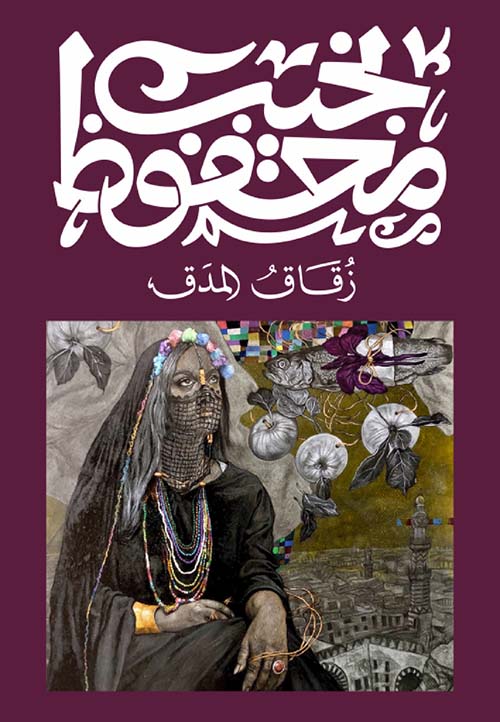
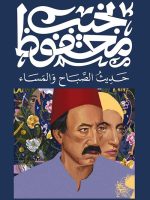
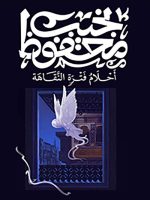
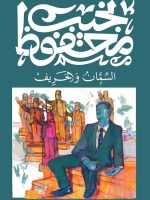
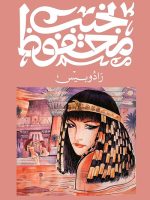
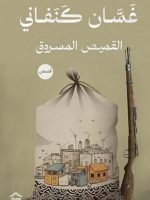
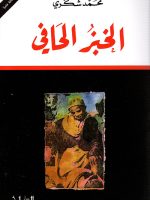
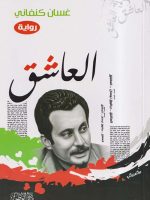
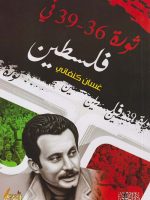
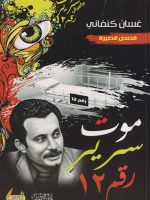

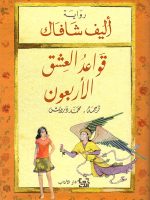
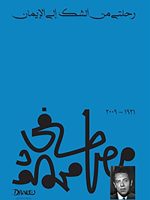
Be the first to review “Midaq Alley”